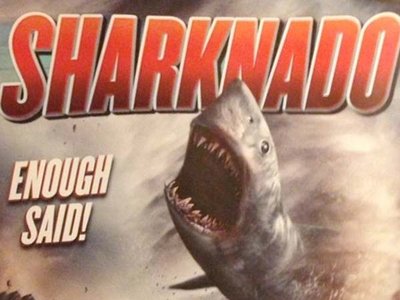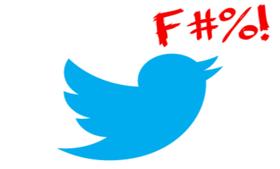 Right around the end of September, a lot of big businesses—especially retail giants—start the Holiday rush. This starts off with putting out Halloween-themed items and merchandise which slowly allows the Christmas stuff to trickle in. It seems that the Christmas stuff comes earlier and earlier every year, as if the retail giants are trying to use the idea of Christmas cheer to convince us to spend Holiday-level cash for even longer.
Right around the end of September, a lot of big businesses—especially retail giants—start the Holiday rush. This starts off with putting out Halloween-themed items and merchandise which slowly allows the Christmas stuff to trickle in. It seems that the Christmas stuff comes earlier and earlier every year, as if the retail giants are trying to use the idea of Christmas cheer to convince us to spend Holiday-level cash for even longer.
Whether it’s honest or dishonest, consumers have simply accepted it, around the beginning of November, start to take Holiday shopping seriously.
Even if you aren’t in retail, there are a few ways you can start prepping for the Holidays and let your audience know that your brand will be participating in the Holiday rush. And you can do it in a few ways that won’t make you seem like you are only trying to take advantage of everyone’s Holiday spirit.
Here are two examples.
Countdown to Holiday Specials: This starts with coming up with a discount, offer, sale, or other special event that you’ll be having during the last half of December (or, if you’re ambitious, the entire month). Starting November 1st, you can start counting down to your Holiday event. Consider fliers and advertisements featuring the countdown. You can even put a countdown clock on your website. This is a great way to keep the special in the minds of the public for up to a month and a half before the event.
Community Service: There are countless great causes to get behind during the Holidays. Think about getting involved in Toys for Tots or Operation Christmas Child. Aside from that, see if there are any local charitable programs that you can sponsor or get behind. Never make this all about business, though. No one will bring you business if it is evident that you are only supporting these causes as a means of advertising.
What are some other ways you can think of that can get you on the fast track to Holiday success without coming off as a Scrooge?








